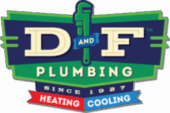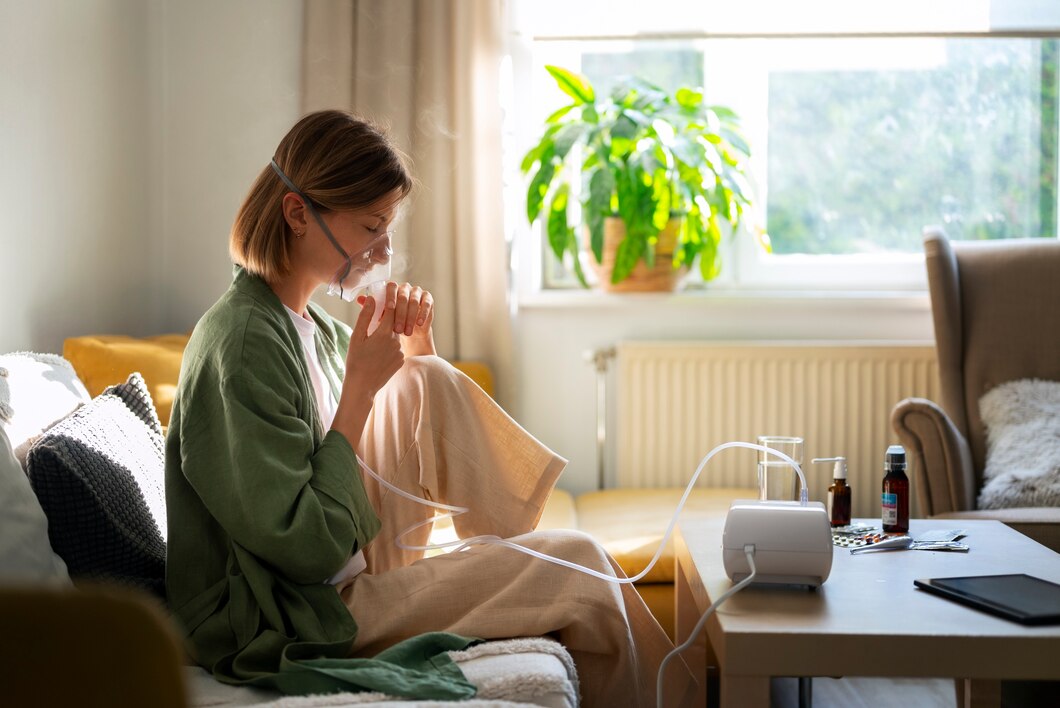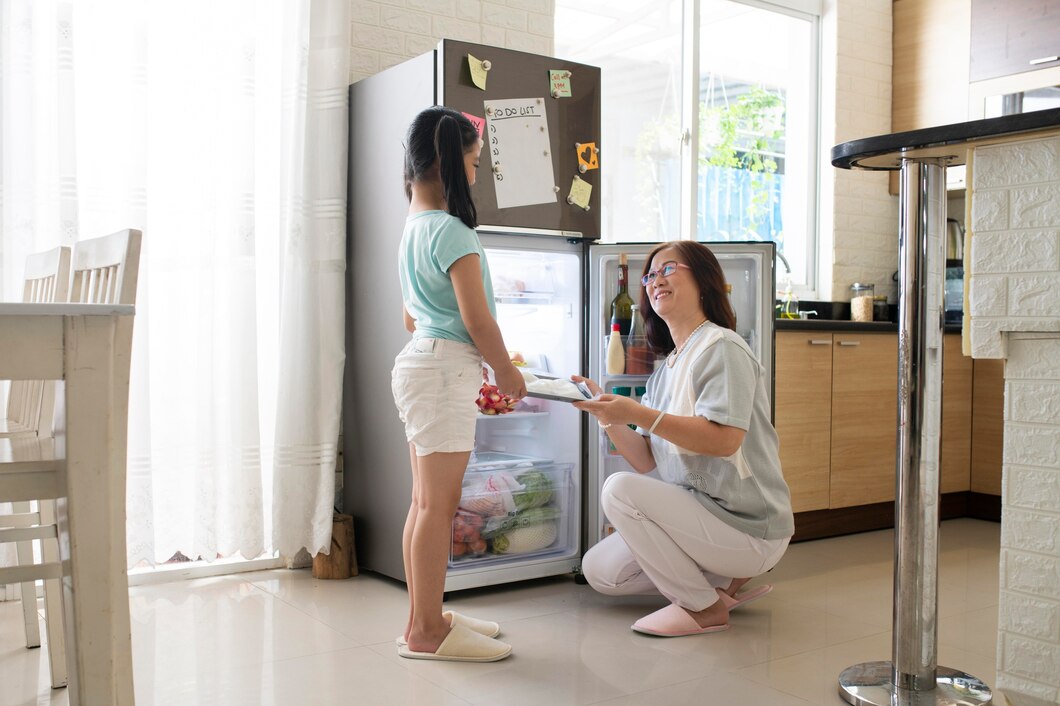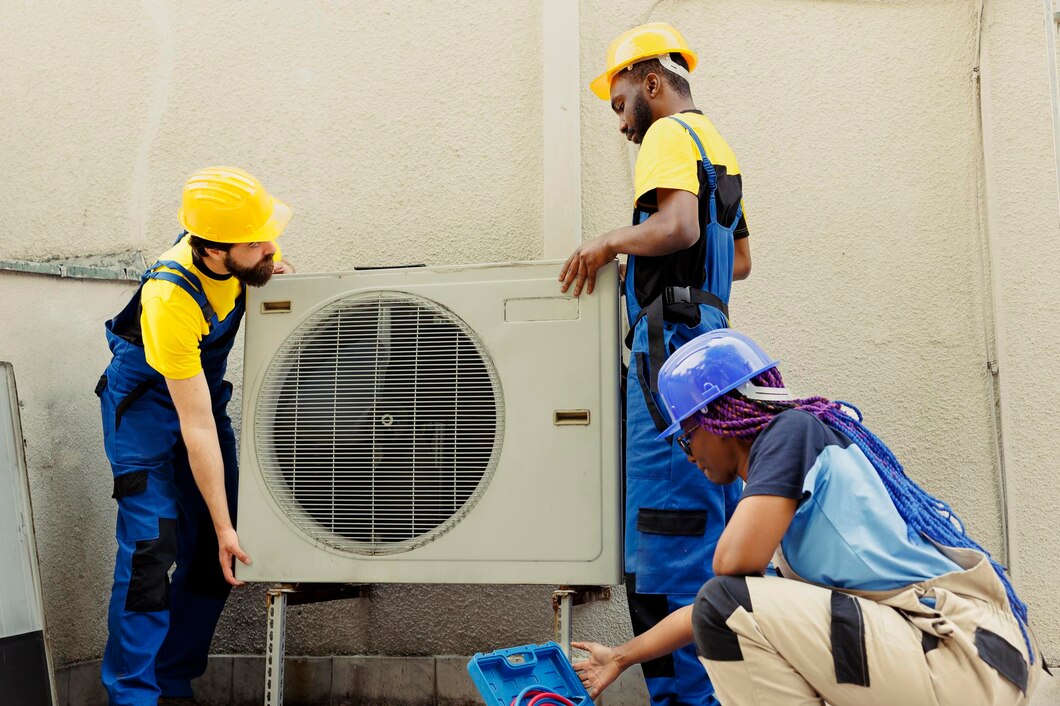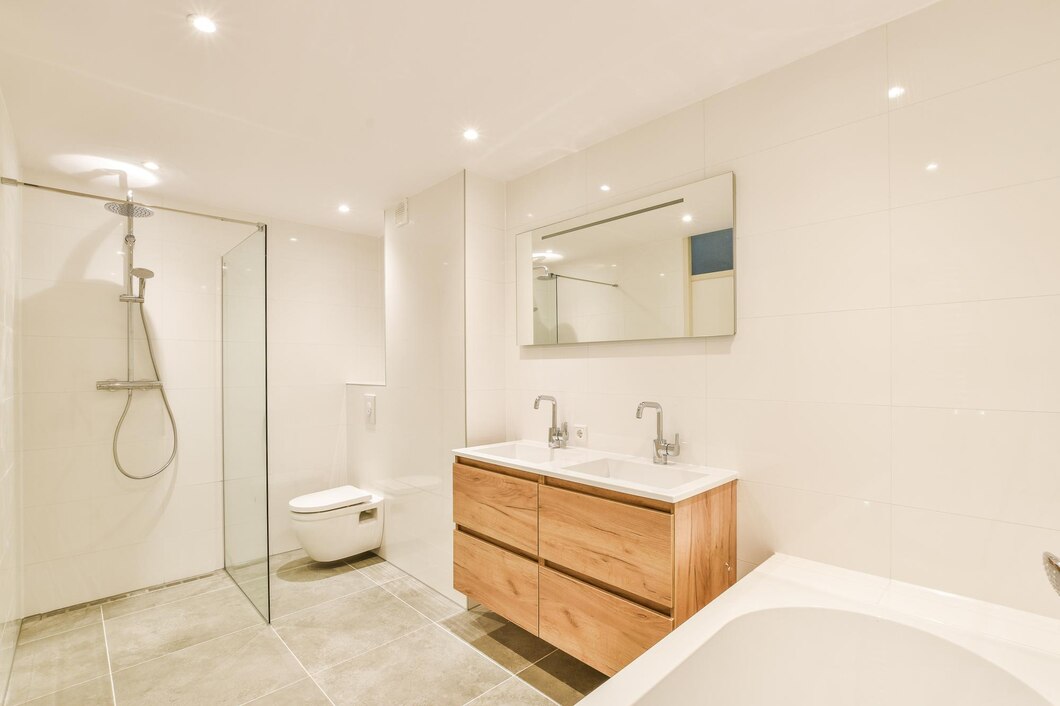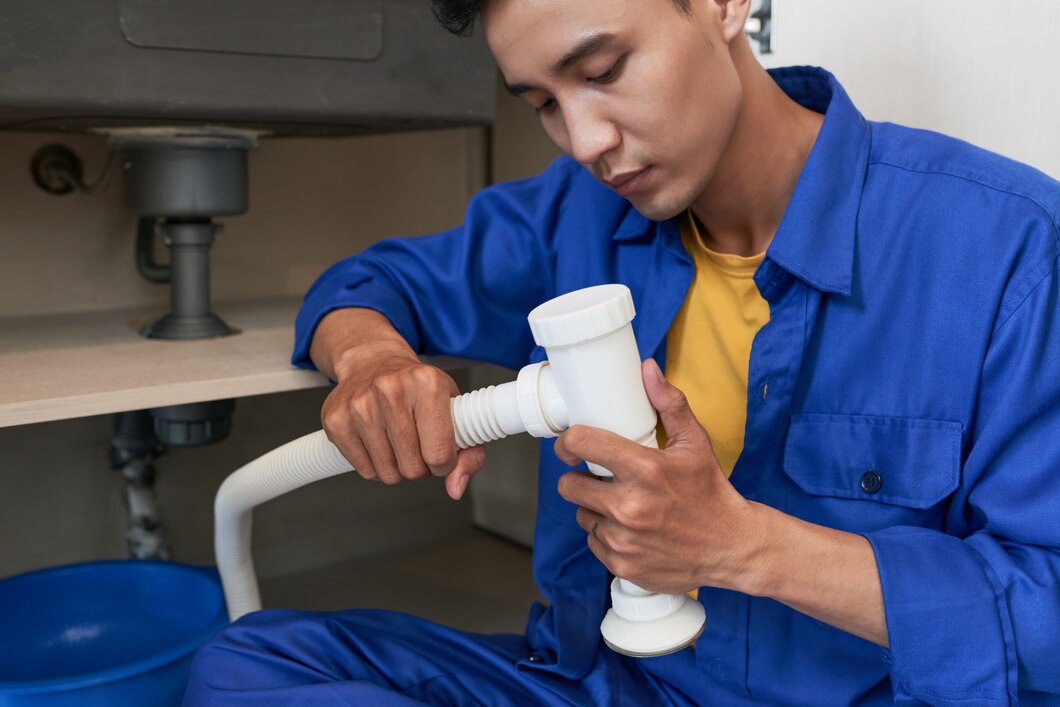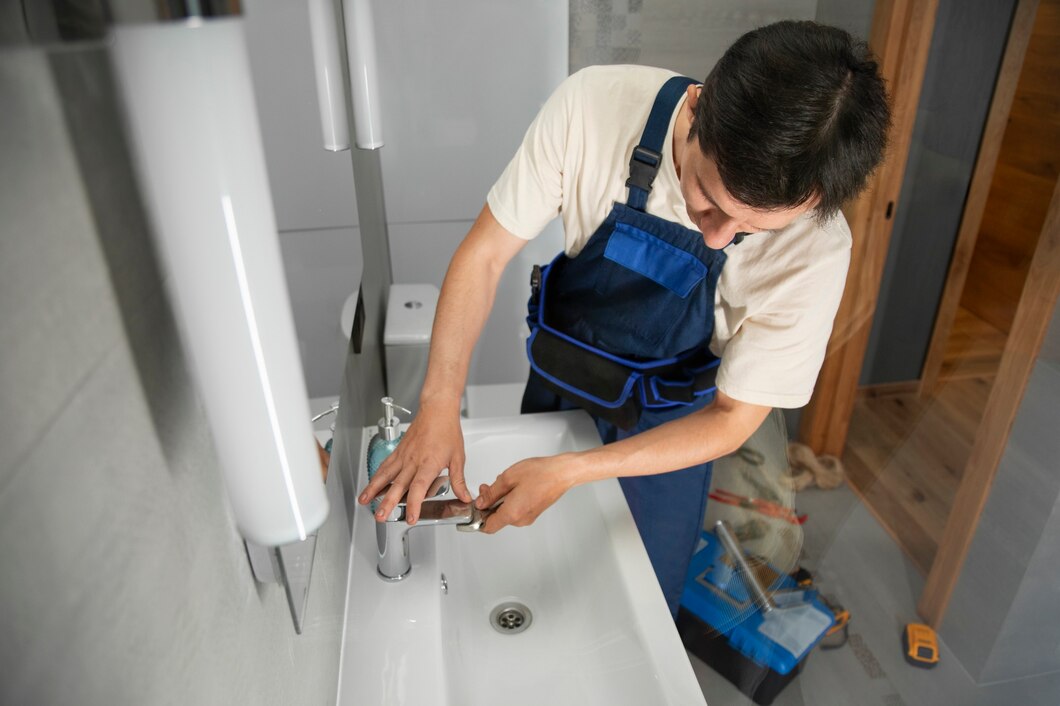Severe drain clogs can be a major inconvenience in any home. Traditional methods like snaking often provide only temporary relief and may not fully resolve the issue. For a more effective and long-lasting solution, hydro jetting is the best option available. This powerful technique ensures that even the most stubborn clogs are cleared, restoring your plumbing system to optimal functionality.
Hydro jetting involves the use of high-pressure water streams to remove blockages and buildup from pipes. This method is highly effective in clearing out grease, debris, and other obstructions that can cause severe clogs. Unlike conventional methods, hydro jetting cleans the entire pipe, not just the immediate clog. This comprehensive cleaning helps prevent future problems and keeps your plumbing system running smoothly for a longer period.
Understanding Hydro Jetting
What Is Hydro Jetting?
Hydro jetting is a method of cleaning and clearing drains using high-pressure water streams. It is a modern technology designed to tackle severe clogs and thoroughly clean pipes. Unlike traditional methods that may only break through or partially remove blockages, hydro jetting ensures a comprehensive cleaning by blasting water at high pressure to dislodge and wash away debris, grease, and other buildup. This technique is effective for both residential and commercial plumbing systems, providing an environmentally friendly solution to persistent drainage problems.
How Hydro Jetting Works
Hydro jetting involves a specialized machine that pumps water at high pressure through a hose fitted with a nozzle designed to direct the water jets. The hose is inserted into the drain or pipe, and the water jets are activated. The powerful streams of water can cut through stubborn clogs, including tree roots, grease buildup, and mineral deposits.
The force of the water not only breaks up the clog but also scrubs the interior walls of the pipe, removing sludge and debris that can cause future blockages. The process starts with an initial inspection using a small camera to identify the location and nature of the clog. Our professionals then adjust the pressure settings based on the specific requirements of the job, ensuring safety and efficiency. The high-pressure water effectively clears the clog and flushes it out of the pipe, leaving the drainage system clean and free-flowing.
Advantages of Hydro Jetting for Drain Clogs
Effectiveness in Clearing Severe Clogs
One of the primary benefits of hydro jetting is its effectiveness in clearing severe clogs. This method can handle a wide range of obstructions, from grease and hair to more challenging blockages like tree roots and heavy sediment. The high-pressure water jets can reach areas traditional methods cannot, ensuring a more thorough cleaning. By completely removing the buildup inside the pipes, hydro jetting minimizes the chance of recurring clogs, providing a long-lasting solution.
Unlike mechanical methods, which might only remove part of the blockage or push it further down the pipe, hydro jetting eliminates the entire clog. The pressure of the water is powerful enough to break down stubborn materials but gentle enough to avoid damaging the pipes. This makes it a versatile and reliable option for various plumbing issues.
Benefits for Pipe Maintenance
Hydro jetting not only addresses immediate clogs but also offers significant benefits for ongoing pipe maintenance. By thoroughly cleaning the pipes, this method helps prevent future blockages and reduces the risk of damage. Regular hydro jetting can prolong the lifespan of your plumbing system by eliminating corrosive substances and buildup that can lead to pipe deterioration.
Additionally, maintaining clean pipes can improve overall water flow and efficiency, preventing issues such as slow drains and water pressure problems. When our professionals perform hydro jetting, they also have the opportunity to inspect the condition of the pipes, identifying any potential weaknesses or areas of concern. This proactive approach to pipe maintenance helps to avoid unexpected plumbing emergencies and costly repairs down the line.
Comparing Hydro Jetting to Traditional Methods
Differences Between Hydro Jetting and Snaking
Hydro jetting and snaking are two common methods used to clear drain clogs, but they differ significantly in their approach and effectiveness. Snaking involves using a long, flexible auger (or “snake”) to break through clogs. While snaking can be effective for minor blockages, it often only creates a hole through the clog rather than completely removing it. This means that some debris may remain in the pipe, leading to recurrent issues.
On the other hand, hydro jetting uses high-pressure water to thoroughly clean the pipes. The force of the water can remove almost any type of blockage, including grease, tree roots, and mineral deposits. Unlike snaking, which merely pushes through the clog, hydro jetting flushes out the entire pipe, leaving it clean and free of debris.
Long-Term Benefits of Hydro Jetting
The comprehensive cleaning provided by hydro jetting offers several long-term benefits compared to traditional methods. Because hydro jetting removes all debris from the pipes, it significantly reduces the likelihood of future clogs. This not only saves time and money spent on repeated service calls but also helps to maintain the overall health of the plumbing system.
Additionally, hydro jetting can improve the water flow and efficiency of your drainage system. Clean pipes mean fewer chances of slow drains or back-ups, which can be a constant annoyance. Regular hydro jetting can also extend the life of your plumbing by preventing the buildup of corrosive materials that can weaken pipes over time. By investing in hydro jetting, homeowners can enjoy a more reliable and long-lasting plumbing system.
When to Consider Hydro Jetting Services
Signs That You Need Hydro Jetting
There are several signs that indicate it might be time to consider hydro jetting services. One of the most obvious signs is recurring clogs. If your drains frequently back up or slow down, it may be a signal that there is a persistent blockage that simple snaking methods cannot resolve. Foul odors emanating from the drains can also indicate a buildup of debris that needs thorough cleaning.
Other signs include multiple clogged drains in different areas of the house, which suggest a blockage in the main sewer line. Water pooling around floor drains and unusual gurgling sounds from the plumbing system are also red flags. If you notice any of these issues, hydro jetting could be the solution to ensure your pipes are completely clear.
Our Recommendations for Frequent Clogs
For households that experience frequent clogs, we recommend scheduling regular hydro jetting services. This proactive approach can prevent the buildup of materials that cause blockages, keeping your pipes clean and free-flowing. Our professionals can also offer advice on maintaining your plumbing system to minimize the risk of future clogs.
Regular hydro jetting is particularly beneficial for older homes where the pipes may have accumulated significant debris over the years. It is also useful for commercial properties with high plumbing usage. By staying ahead of potential issues, you can avoid costly repairs and enjoy a more reliable plumbing system.
Conclusion
Hydro jetting is a highly effective solution for severe drain clogs and provides numerous benefits over traditional methods. By using high-pressure water, it thoroughly cleans pipes, removes blockages, and prevents future clogs. It also improves the overall efficiency and longevity of your plumbing system. Recognizing the signs that indicate a need for hydro jetting and opting for regular maintenance can save you from recurrent plumbing issues and costly repairs.
Our professionals at D&F Plumbing, Heating and Cooling are equipped with the latest hydro jetting technology to ensure your plumbing system remains in top condition. If you’re dealing with persistent clogs or want to take preventive measures, contact us today to schedule our plumbing services in Portland, OR and keep your drains running smoothly.
